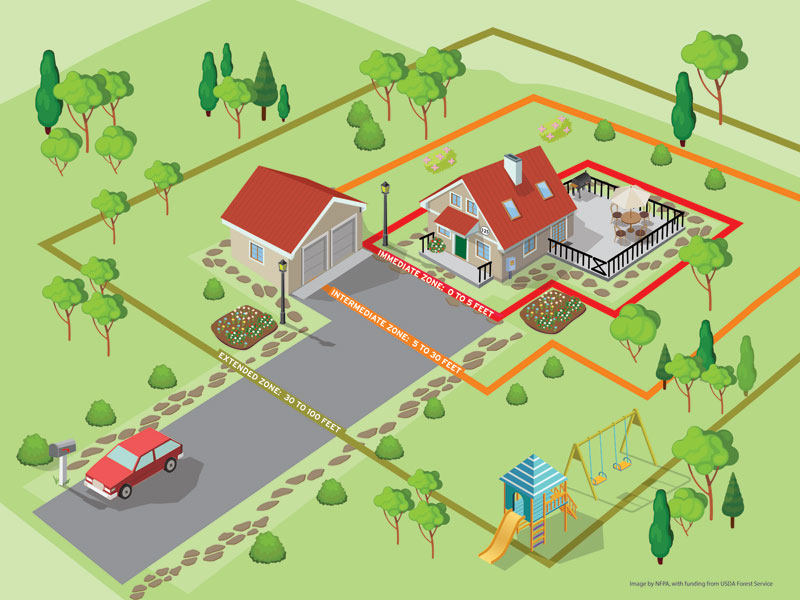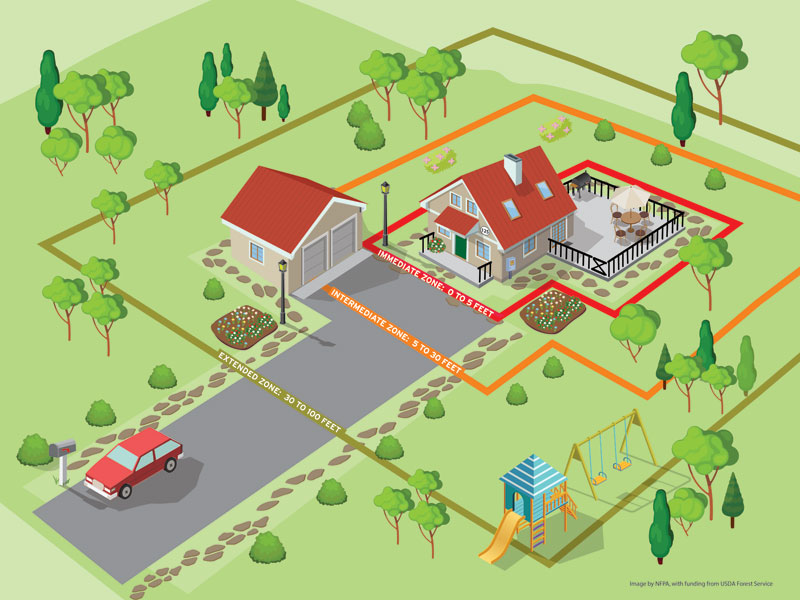
The rate of development in forested and fire prone landscapes has left communities vulnerable. Here we focus on defensible space and available resources to help landowners minimize fire threats in the Wildland Urban (or Rural) Interface.
Panelists: Janet Lancaster, Co-Founder Firesmart Merlin; Rich Fairbanks, Fairbanks Forest Management; David Fergsuson, District Conservationist, National Resource Conservation Service
Click Here to Register
Read more about this topic:
The rate of development in forested and fire prone landscapes has left communities vulnerable. The final webinar in our Summit focuses on defensible space and available resources to help landowners minimize fire threats in the Wildland Urban (or Rural) Interface.
Wildfires respond to weather, topography and fuels. We cannot control the weather, the topography is pretty static, what we can manage is the fuels. In the Wildland Urban Interface (WUI) of Southern Oregon, that usually means residents will need to manage mixed conifer second growth. What follows is advice for property owners that live in those mixed conifer forests.
- Posted in Fire & Climate Summit
- Tagged Wildland Urban Interface





